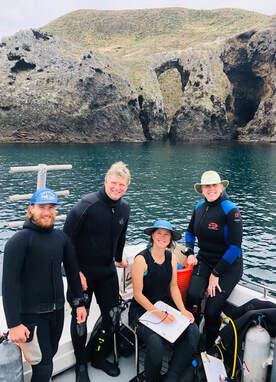 Fish counters between dives. From left to right: the author, Dave, Jessie, and Julie Fish counters between dives. From left to right: the author, Dave, Jessie, and Julie Anacapa Island Channel Islands National Marine Sanctuary 6/20/2019 May grey, June gloom. A light drizzle, low cloud base, calm and glassy seas. Typical conditions along the coast of California as the seasons transition from spring to summer. In the post-dawn gloom, I helped load gear with NOAA affiliate and principle investigator Jessie Alstatt, CINMS Unit Dive Supervisor and Team Lead for Education and Outreach Julie Bursek, and National Marine Fisheries Service biologist and habitat restoration specialist David Witting. Our goal was to survey restored eelgrass meadows (Zostera marina) and adjacent disturbed sandy bottom habitats for any and all fish, from the benthos through the water column. And we couldn’t have asked for better conditions. Most people envision SCUBA divers working on bright, sunny, tropical coral reefs with hardly any neoprene on at all. This is not the case for those who are interested in studying, understanding, and restoring the vital nearshore habitats of the northeastern Pacific. As we headed across the channel, from Santa Barbara to Anacapa Island, we studied the horizon for any signs of the charismatic marine life that inhabits the Santa Barbara Channel. We were rewarded by the blows of distant humpback whales, and the playful acrobatics of common dolphins. But as we studied the fish guides onboard the Sanctuary’s 28ft twin-hulled power cruiser dubbed Sharkcat we turned our attention to the objective at hand. We split our group into two dive teams; Jessie and Dave would take the first plunge, and Julie and I would be ready to drop in as soon as they surfaced. As far as dive objectives go, counting fish while swimming along a depth gradient for 30minutes (15minutes on one heading, 15minutes back on a reciprocal heading) isn’t too terribly challenging. On our first dive, Julie and I surveyed a once-pristine eelgrass meadow turned sandflat by years of abuse by boaters. We hardly saw any living vertebrates during that dive. Fortunately, our next two dives took place in eelgrass meadows meticulously restored and surveyed over the last several years by Jessie. At the start of dive two, Julie and I dropped down into a dense eelgrass meadow right on top of several juvenile leopard sharks (Triakis semifasciata), who utilize the eelgrass meadows as a nursery ground. However, dive three really made our day. About halfway through, I felt a looming presence emerge to my right; that feeling of being watched began to creep into my thoughts. As I hastily glanced up, a behemouth emerged into my line of sight: a giant black sea bass (Stereolepis gigas)! These voracious fish-eating bass were once common in Southern California, but their huge bulk and tendency to investigate humans has led to their listing as a critically endangered species. True to their inquisitive nature, this gentle giant, easily 200lbs+, swam laps around Julie and me for the remainder of the dive. The once abundant fishes would scatter as soon as the big black bass would come near and would quickly swim back to investigating our numbers as behemoth continued to make the rounds. After a marvelous dive, Julie and I began to surface, when suddenly a quick flash of silver caught my attention. I thought I was seeing double when another giant black sea bass came swimming my way! Only this time, it wasn’t the big fish but a juvenile who was just getting its adult coloration! Now, you all know me, I get far more excited by exploring autotrophic communities (i.e. ecosystems built upon photosynthesizers) than counting fish (take that charismatic megafauna!). But, the point of this post isn’t to highlight the frenzy of fish found on the Channel Islands, but to show that RESTORATION WORKS! Our fish count data show a clear dichotomy between sand and seagrass; the fish go where the habitat is. Yes, there is a high diversity of organisms (sometimes fishes included) on sandy bottoms, but sand flats just don’t compare to sheltered, three-dimensional, carbon dioxide sequestering, almighty eelgrass. If you still don’t get the appeal of eelgrass, grab a snorkel and see for yourself! -Baron von Urchin Side by side comparison of a sandy bottom that was once a seagrass meadow (left) and a healthy, vibrant seagrass meadow teaming with fishes
0 Comments
Leave a Reply. |
AuthorPike Spector is currently a Research Operations Specialist with Channel Islands National Marine Sanctuary Archives
August 2022
Categories |
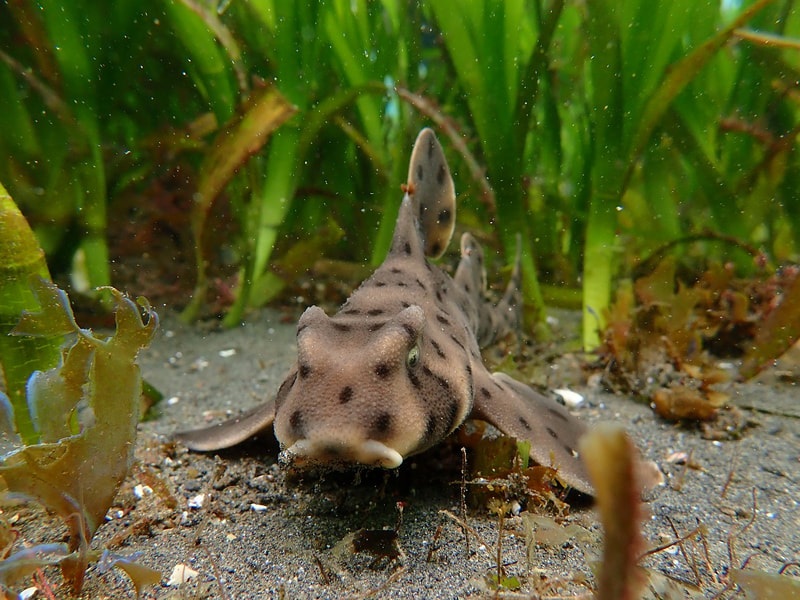
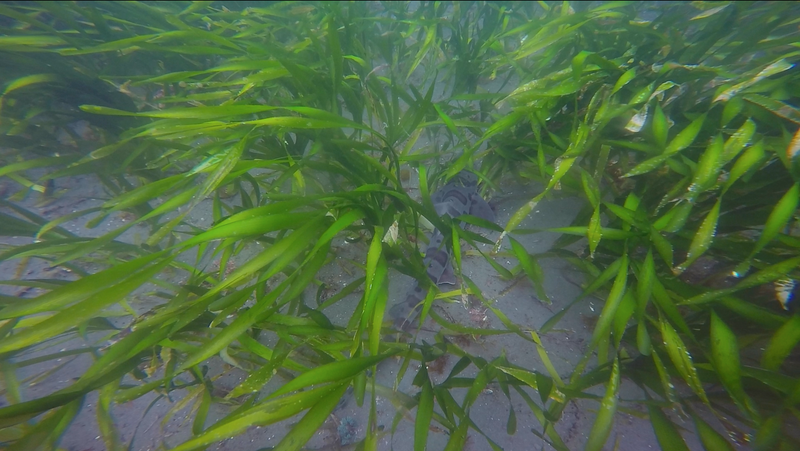
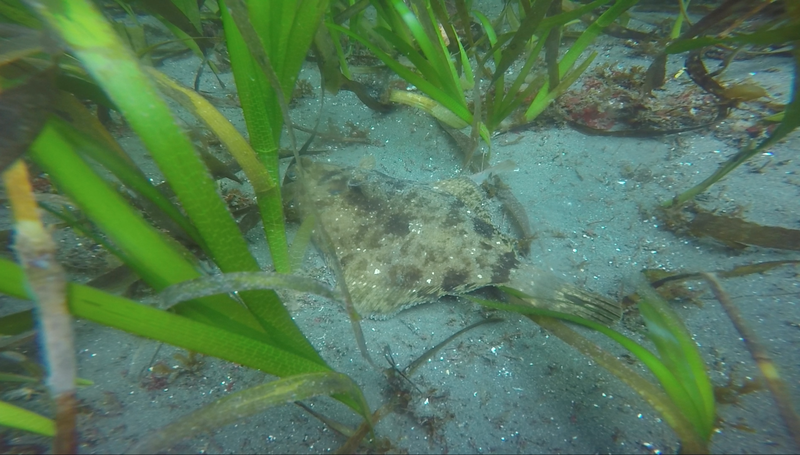
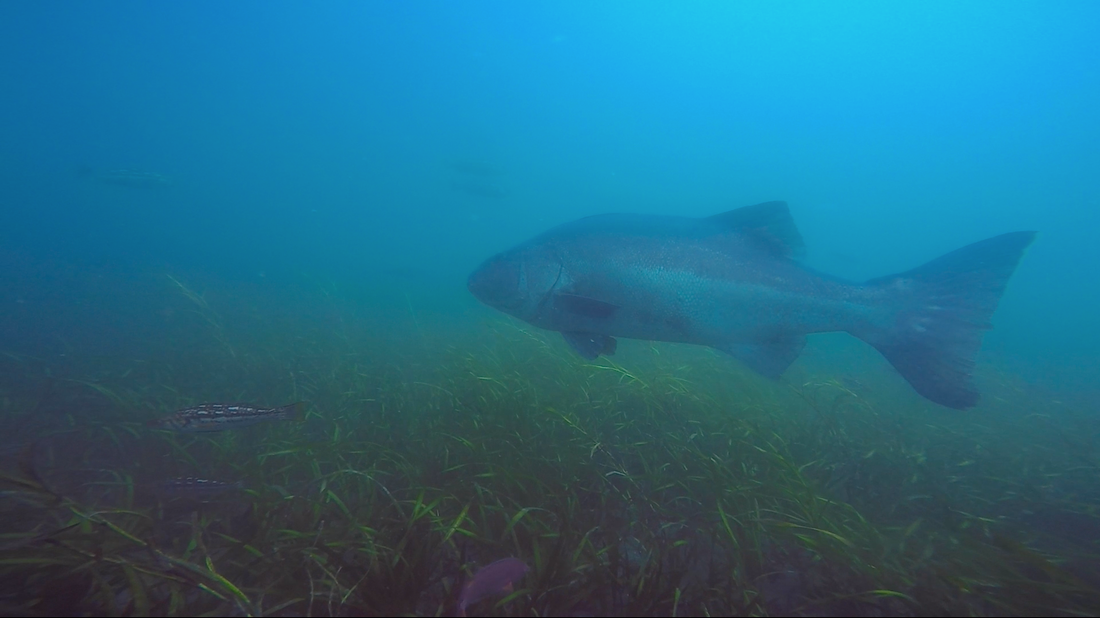
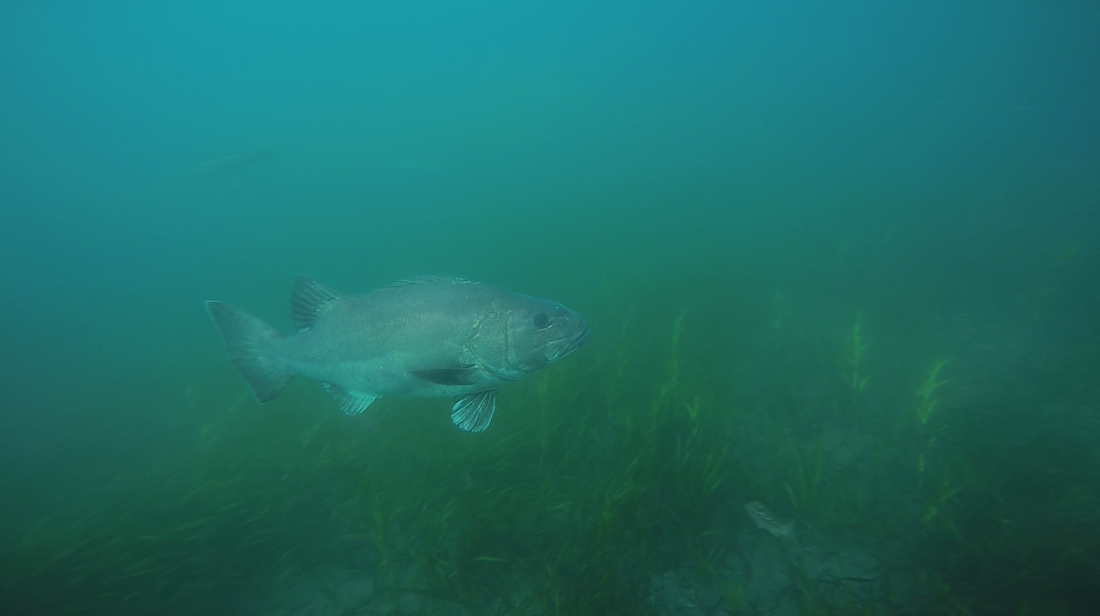

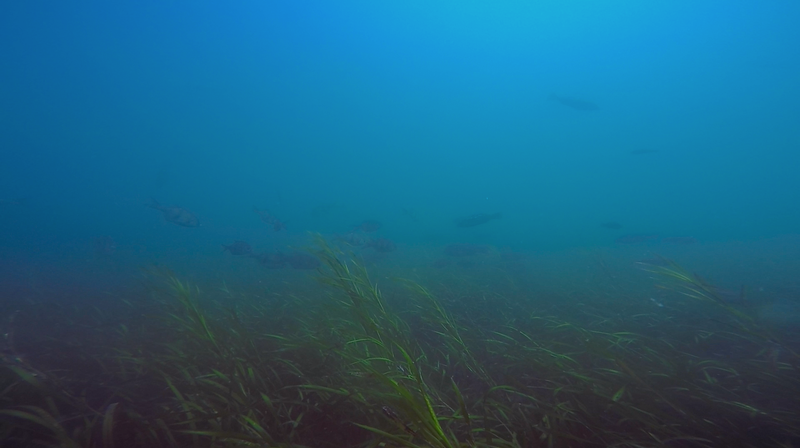
 RSS Feed
RSS Feed
